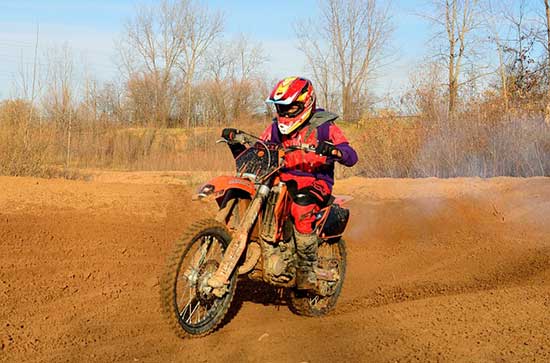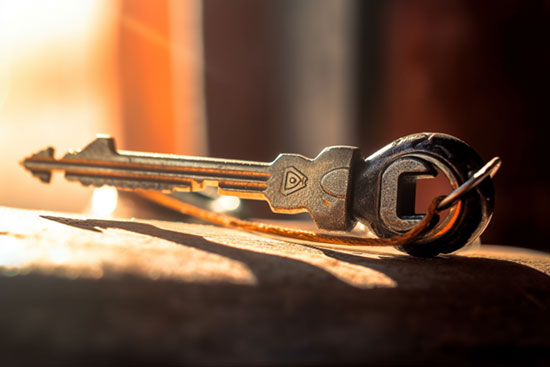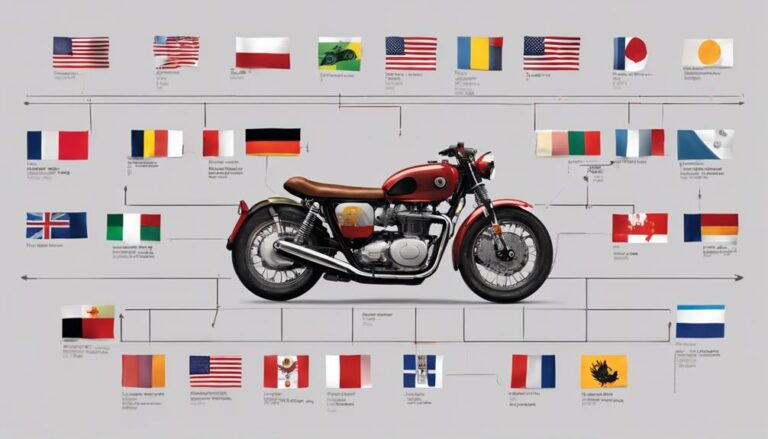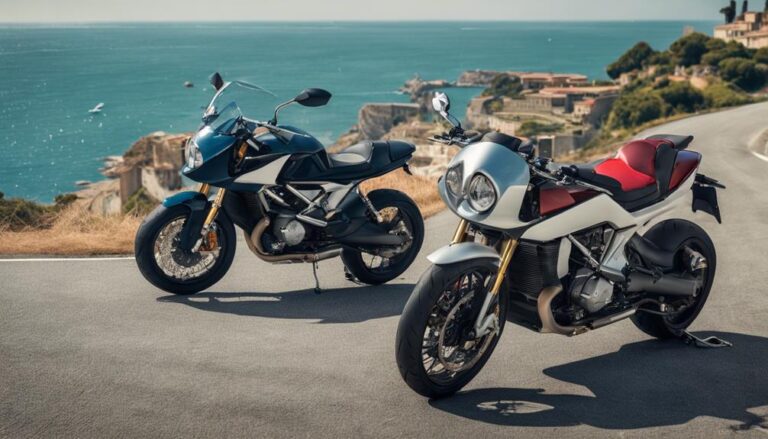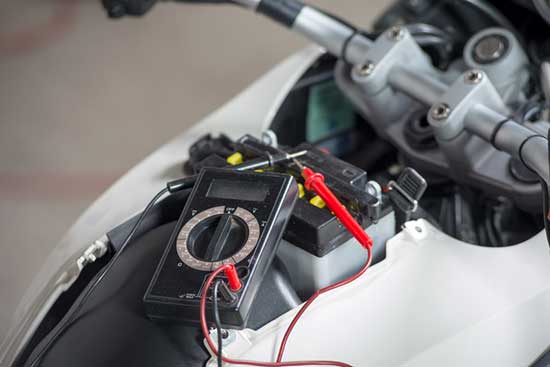When looking for a reliable and versatile dual-sport motorcycle, two names that often come to mind are the Suzuki DRZ400 and DR650.
These bikes have been praised for their durability, performance, and adaptability to various terrains.
Contents
Engine and Performance
A. DRZ400
The DRZ400 features a 398cc, liquid-cooled, 4-stroke, single-cylinder engine. It produces a maximum power output of around 39 horsepower and 27 lb-ft of torque, making it a capable off-road performer.
The engine is responsive and provides smooth power delivery across the rev range, which is perfect for trail riding and casual street use.
B. DR650
On the other hand, the DR650 houses a 644cc, air-cooled, 4-stroke, single-cylinder engine, delivering approximately 46 horsepower and 39 lb-ft of torque.
This larger displacement engine provides more low-end grunt and torque, making it ideal for long-distance touring and heavier loads.
Suspension and Handling
A. DRZ400
The DRZ400’s suspension system features an inverted front fork with 11.3 inches of travel and a rear shock with 11.6 inches of travel.
This setup offers excellent handling on various terrains, from dirt trails to pavement. The bike is nimble, lightweight, and easy to maneuver, even for beginners.
B. DR650
The DR650 comes with a conventional telescopic front fork with 10.2 inches of travel and a rear shock with 10.6 inches of travel. While it doesn’t provide the same level of off-road prowess as the DRZ400, it’s still capable of handling rough terrain with ease.
The added weight of the DR650 can make it feel more stable on the highway but less agile on tight trails.
Brakes and Tires
A. DRZ400
The DRZ400 is equipped with a 250mm front disc brake and a 220mm rear disc brake, providing adequate stopping power for off-road and street use. It comes standard with 21-inch front and 18-inch rear wheels, which are optimal for off-road riding.
B. DR650
The DR650 features a 290mm front disc brake and a 240mm rear disc brake, offering strong and responsive braking performance. It has a 21-inch front wheel and a 17-inch rear wheel, which provide a good balance between off-road capabilities and on-road stability.
Ergonomics and Comfort
A. DRZ400
The DRZ400 has a seat height of 36.8 inches, which might be challenging for shorter riders. However, the bike’s slim profile and lightweight design make it easy to handle, even at low speeds.
The riding position is more aggressive and suitable for off-road riding and short trips on the street.
B. DR650
The DR650 has a slightly lower seat height of 34.8 inches, making it more accessible for riders of various heights.
Its more relaxed riding position and wider seat offer better long-distance comfort, especially during extended trips on the highway.
Fuel Economy and Range
A. DRZ400
The DRZ400 has a fuel capacity of 2.6 gallons, and it can achieve an average fuel economy of around 50-60 miles per gallon.
This gives the bike a range of approximately 130-150 miles between refueling stops, which is suitable for most off-road adventures and daily commutes.
B. DR650
With a larger fuel tank capacity of 3.4 gallons and an average fuel economy of 45-55 miles per gallon, the DR650 can cover a distance of around 150-190 miles between refueling stops.
This extended range makes it more suitable for long-distance touring and adventure riding.
Maintenance and Reliability
A. DRZ400
The DRZ400 is known for its low maintenance requirements and excellent reliability. Its liquid-cooled engine has fewer overheating issues, and the overall build quality ensures a long-lasting and dependable bike.
Regular oil changes and valve adjustments are the primary maintenance tasks needed for this motorcycle.
B. DR650
The DR650 also boasts impressive reliability and low maintenance requirements, thanks to its air-cooled engine and robust construction.
While it might be more susceptible to overheating in extreme conditions, regular maintenance and care should keep it running smoothly for years.
Aftermarket Support and Customization
A. DRZ400
There’s a vast aftermarket for the DRZ400, with countless options for upgrading the suspension, exhaust, protection, and more.
The bike’s popularity ensures that you’ll have no trouble finding parts and accessories to make it your own.
B. DR650
The DR650 also has a strong aftermarket presence, with numerous options for upgrades and customizations.
However, it might not have the same variety of parts as the DRZ400, but you can still tailor the bike to your preferences and needs.
Price and Value
Both the DRZ400 and DR650 offer excellent value for money, with their respective strengths and weaknesses. The DRZ400 is generally more affordable, making it an attractive option for those on a tight budget.
The DR650, on the other hand, is slightly more expensive but provides additional comfort and touring capabilities.
Conclusion
The choice between the DRZ400 and DR650 ultimately comes down to your personal preferences and riding style. If you prioritize off-road performance and agility, the DRZ400 is likely the better choice.
However, if you’re seeking a dual-sport motorcycle for longer trips and greater on-road comfort, the DR650 might be the better fit.
Both bikes offer reliability, versatility, and excellent value, making them great options for any dual-sport enthusiast.

